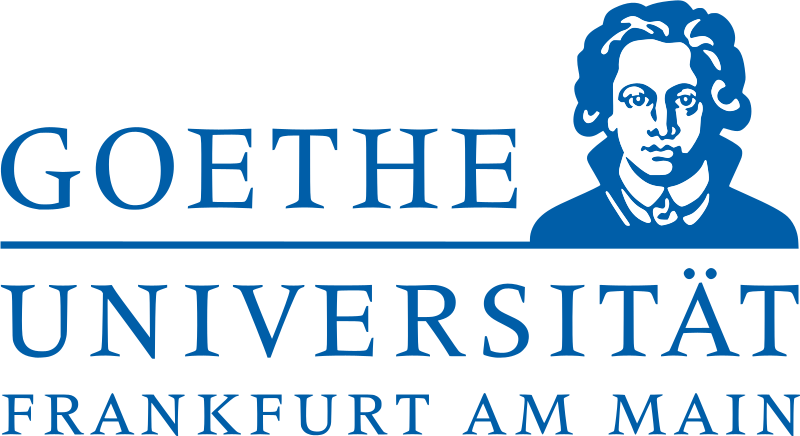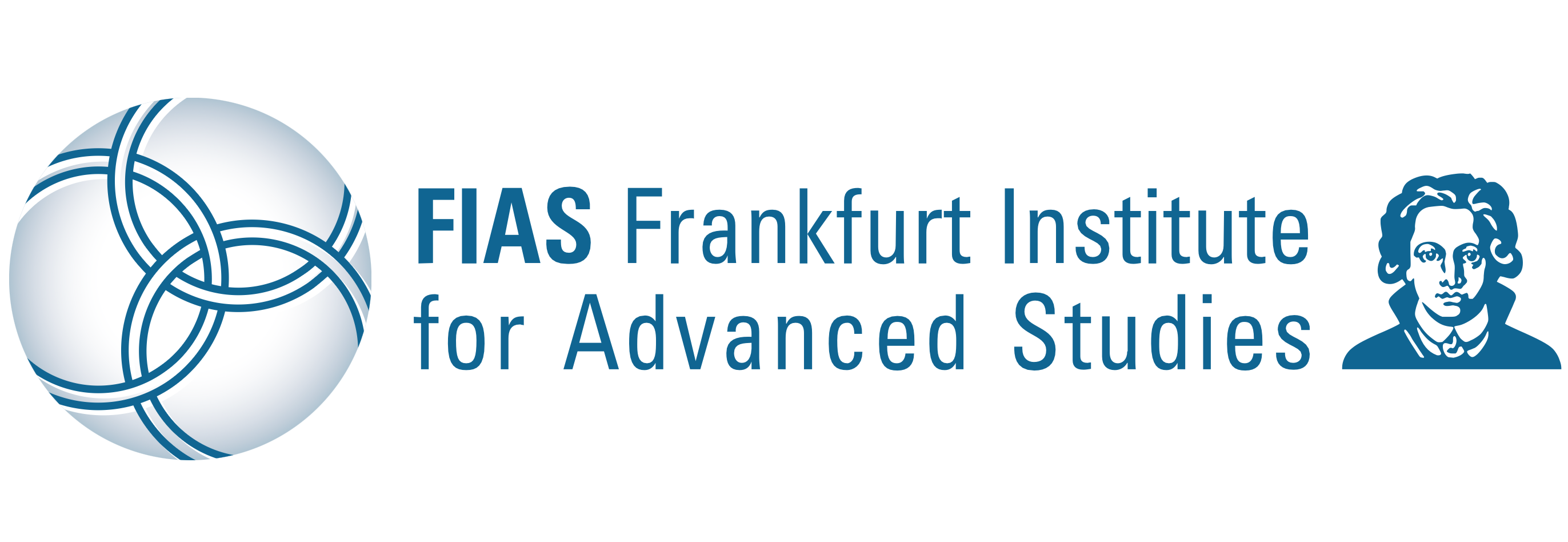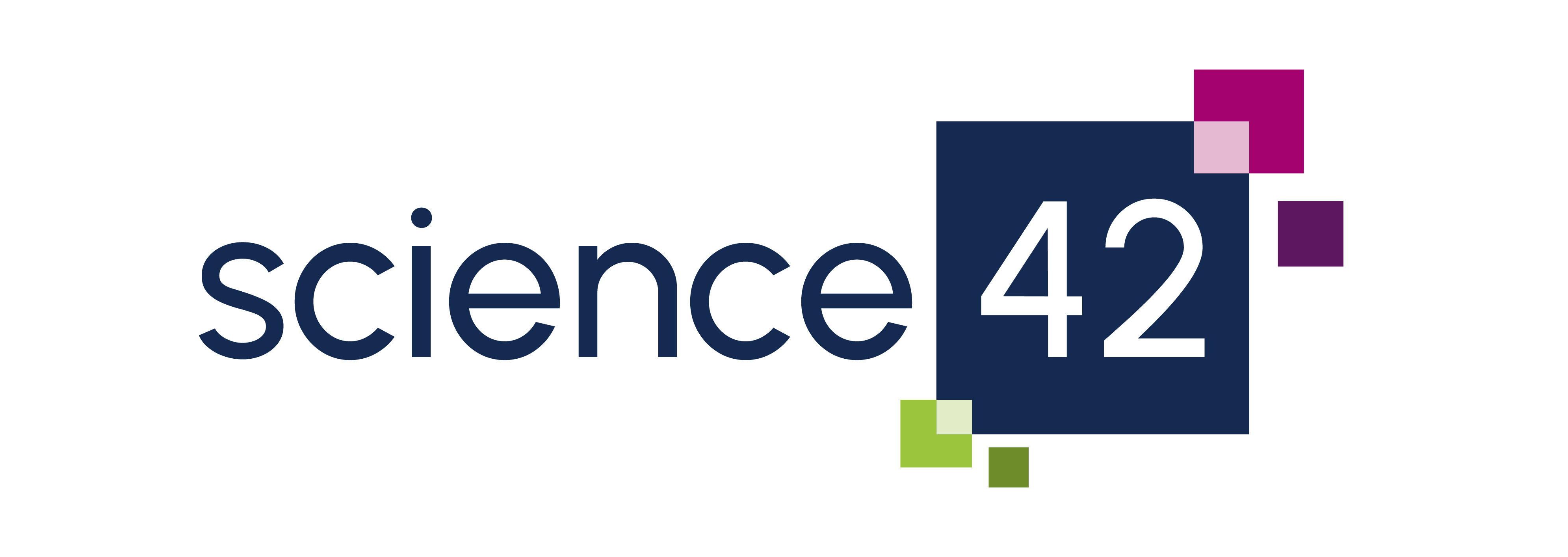SCI-COM-E 2025
July 30 – August 1, 2025, Frankfurt am Main, Germany
So who is this for?
The SCI-COM-E meeting is intended for professionals in science communication who want to get new insights, meet fascinating people and expand their network in science communication.
In addition we invite all students from the European Summer School on Science Communication to join the meeting.
Diversity
The SCI-COM-E meeting brings together people from all over the world to discuss science communication, share ideas and build lasting networks. We are looking for a variety of topics, people and audiences. Thus the topic of 2025 – DIVERSITY.
Registration
Registration for the SCI-COM-E is done via e-mail. Please send a mail with your name, institution and billing address to or just use the form below.
The early bird conference fee is 250€. This is valid until May 31, 2025 and the fee after that date is 275€. We will send an invoice with your given details and once paid you are registered for the whole event.
Keynote
The keynote of SCI-COM-E 2025 will be given by Philipp Schrögel.
He will talk about
Exclusive Science Communication – Who is really reached and who is left out?
Science communication is becoming increasingly diverse regarding its formats, from science slams to science festivals, from evening lectures to dialog workshops. But does this diversity also apply to the people involved? Doesn’t science communication often only reach audiences who are already interested, while marginalized groups are still left out? Even if there is an increased awareness among scientific institutions and science communicators, many societal groups are still hardly reached by the typical formats of science communication. The barriers and levels of discrimination can vary greatly. The talk will give an introduction into the basic concepts for audience analysis in science communication and present a typology of exclusion factors and access barriers.
Program
The current program can be found below. However you can (and should!) still contribute to the program!
We try to accommodate as many contributions as we can, so please send a short abstract (max 200 words) by e-mail.
Program
30.07.2025
12:30 – 14:00
Registering for the SCI-COM-E
14:00 – 14:30
Welcome note for the SCI-COM-E.
14:30 – 16:00
Science communication is becoming increasingly diverse regarding its formats, from science slams to science festivals, from evening lectures to dialog workshops. But does this diversity also apply to the people involved? Doesn’t science communication often only reach audiences who are already interested, while marginalized groups are still left out? Even if there is an increased awareness among scientific institutions and science communicators, many societal groups are still hardly reached by the typical formats of science communication. The barriers and levels of discrimination can vary greatly. The talk will give an introduction into the basic concepts for audience analysis in science communication and present a typology of exclusion factors and access barriers.
16:00 – 16:30
Coffee break in the Faculty Lounge
16:30 – 18:00
World Cafe Discussion on Diversity in Science Communication
31.07.2025
09:00 – 11:30
An extended session to get to know each other and discuss science communication in a slightly different manner. It is a surprise, but don’t worry, it’s great fun!
11:30 – 12:00
Since 2021, ISOQUANT has fostered the dialogue between art and science through its SciArt program. ISOQUANT is a Collaborative Research Center (CRC) funded by the German Research Foundation (DFG) and based in Heidelberg, Germany. Together we investigate the overarching topic of “Isolated Quantum Systems and Universality under Extreme Conditions.”
Our SciArt program has included artist residencies, public talks, documentation, and exhibitions of artworks inspired by quantum physics research. During the residency, artists immerse themselves in the scientific environment for several months, developing innovative projects inspired by exchanges with our researchers. The resulting artworks are made visible to the public, engaging audiences who might not typically explore physics. Highlights of the program include successful residencies by Alexandra Hunts and Philip Kanwischer, documented in the publication New Links Between Different Systems.
In 2025, we expand internationally and across disciplines, partnering with Nationaltheater Mannheim (NTM) and ArtHub Copenhagen. Playwright Sarah Calörtscher will explore how quantum physics can be incorparated in dramatic texts with NTM, while ArtHub’s collaboration enables an artist to work between Copenhagen and Heidelberg, fostering cross-cultural inspiration.
Our contribution to the Sci-Com conference will detail the program’s structure, highlight its timeline and future goals, and feature visuals of selected artworks created through this unique collaboration.
12:00 – 12:30
Snow crystals are among the most delicate and aesthetically beautiful things in nature. Their geometrically unique features have inspired photographers and scientists for more than two centuries. However, being made of frozen water, their beauty is usually ephemeral and can usually only be captured in pictures. In this project, we present a system to permanently preserve the highly detailed imprints of snow and ice crystals using special kinds of glue and a custom-built cooling device. The resolution of the imprints is high enough to reveal the inner structure of the sometimes sub-millimetre sized features. We collected more than 100 snow crystals from Antarctica and the Arctic so far, including both winters. Additionally, we also found a way to preserve imprints of larger snow and glacier ice samples. These snow crystals and ice features are showcased in artistical objects. The objects not only highlight the delicate beauty of the ice but also refer to the fragility and delicate balance of the environments they originate from. This is supported by the integration of other materials that have been in use in the polar regions, for example discarded parts of scientific and technical equipment. We consider the artistic presentation as an innovative pathway to communicate the fascination of our scientific work to the public and to engage people with the uncomfortable truths of climate change.
12:30 – 14:00
Self-organized lunch on campus
14:00 – 14:30
YouTube and Wikipedia never sleep. Every second, 43 years’ worth of streaming content is watched, and 360,000 tweets are sent. Our largest knowledge infrastructures can no longer keep pace with the sheer volume of information being created, let alone verify its accuracy or reach those misled by misinformation.
While platforms like Wikipedia serve as general knowledge bases, and the Open Research Knowledge Graph (ORKG) supports scholarly knowledge, no comparable system exists for science communication (SciCom). Without tools such as a search engine for trustworthy science content, like videos or podcasts , it’s easy to slip into misinformation bubbles and echo chambers.
We have researched how we can bring structure to the content flood. This topic is now more important than ever, with GenAI further dragging down the public trust, already stress-tested by a global pandemic and rise of populism. We can highlight systems that are working, and offer ideas to strengthen them. We’ll discuss how Wikipedia helped bring us to this high point of collective knowledge, how knowledge graphs like Wikidata and the ORKG represent the next step forward, and how we can build something like that for us, the SciCom KI: A WissKomm Wiki for accessible, trustworthy science communication.
14:30 – 15:00
As the climate crisis intensifies, climate scientists are increasingly expected to engage in public discourse. Universities and research institutions often treat climate communication as an essential academic duty, yet rarely offer the structural support needed to sustain those doing the work. Scientists tasked with communicating climate issues frequently juggle research, teaching, and outreach—often at the expense of their own emotional and cognitive well-being. Like planetary resources, their capacities are finite.
Meanwhile, growing public concern and a deepening sense of moral responsibility are pushing scientists into ever more visible roles—as public figures or even “celebrity scientists.” These roles are seen as crucial in bridging the persistent gap between climate knowledge and meaningful action. Dialogue-based, relational approaches to science communication are increasingly promoted as effective strategies for engaging the public and motivating change. However, without adequate institutional recognition and support, these efforts risk becoming unsustainable.
This paper highlights the need to prioritize the well-being of climate communicators and calls for a reimagining of support structures within academia. As we urge scientists to be present in the climate conversation, we must also ask: what does it take to keep them there, and at what cost?
15:00 – 16:00
What happens when complex research meets the demand for catchy headlines? For many scientists, engaging with journalists can feel both exciting and intimidating: How do I explain my research clearly? What if I am misquoted? How do I make sure my message gets across without dumbing it down?
This interactive session offers scientists a behind-the-scenes look at how editorial decisions are made and what makes a researcher interesting to the media. We will explore how to respond to interview requests, what to clarify during the initial conversation, and how to prepare for a successful exchange. Topics include: understanding the journalist’s perspective, preparing for the “invisible third party” (the audience), and setting the tone for a constructive conversation.
While we will not cover every detail of media communication, the session will provide a solid starting point for approaching journalists with more confidence and clarity. The goal: to support researchers in making informed, strategic choices when engaging with the media—while staying true to their message.
16:00 – 16:30
Coffee break in the Faculty Lounge
16:30 – 17:30
Peer coaching is a structured group consultation session in which one participant is advised by the others according to a fixed procedure with distributed roles. The aim is to develop a key question and find solutions for a specific professional issue. If you need advice from peers in a professional context, please feel free to prepare a short oral case description.
17:30 – 18:00
NÖÖRDS is a playground for scientists. Originally hosting the original formats of science birds GmbH it slowly develops into an experimental platform that empowers scientists to explore new modes of communication, collaboration, and creativity beyond traditional academic boundaries.
Designed explicitly as a place to experimental playground, NÖÖRDS enables researchers to test ideas, prototype content, and share scientific knowledge in unexpected and engaging ways. Whether it’s a Science Cocktail Night, podcasts or Science of Pokemon – the only boundary is your imagination.
19:00
Conference Dinner in a traditional Frankfurt Restaurant
01.08.2025
09:00 – 09:30
How can science communication go beyond explanation and foster real connection? The Max Planck Institute for Biological Cybernetics’ mobile research lab, “Night Owl or Early Bird?” offers an innovative response. Our neuroscience roadshow touring around Germany between May and July 2025 explores how light influences perception, behavior, and our internal biological clocks—while placing public participation, trust-building, and collaborative exploration at its core.
Rather than confining research to laboratories, the project brings science directly to people—in everyday settings such as music festivals, trade fairs, and rural communities. With interactive experiments, personaldialogue, and citizen science opportunities, the mobile lab reaches individuals who often have limited access to academic research. This approach not only broadens engagement but also contributes to morediverse, representative data in chronobiology and neuroscience, helping to address biases in conventional studies.
This talk presents the roadshow as a case study in low-barrier, dialogue-driven science communication. It highlights both the opportunities and challenges of conducting rigorous physiological field research while fostering genuine public involvement. Ultimately, the project demonstrates how embedding science in everyday life can build trust, democratize knowledge, and enrich the public’s relationship with research.
Website: https://www.nachtmensch-oder-fruehaufsteher.de/
09:30 – 10:00
There is no one size fits all when it comes to communicating forest science. In Austria the transition to climate fit forests heavily depends on the involvement of private forest owners as they are responsible for more than 80% of the forested area. Societal shifts have diversified that ownership, with many new owners lacking formal forestry knowledge.
This requires novel and user-centric ways of communicating new findings and help the practitioners develop their understanding of a climate fit future of our forests.
Therefore, we created the climate-fit forest platform as a one-stop shop with information and tools like an advisor search and a traffic light system for selecting suitable tree species. Additionally, a series of accessible videos guides new owners through topics such as forest inheritance.
Even though the use of digital media like podcasts, social media, and videos has become a key branch of communicating forest related information, it is still vital to forge real life connections between practitioners and scientists. Therefore, a fundamental part of our work is face-to-face communication with communities and organisations requesting our experts for events and personal advice on the ground on topics such as tree species selection and biodiversity conservation.
10:00 – 10:30
Despite our increased scientific knowledge, the truth is entering a crisis. The rise of AI-generated content, recent policy changes in social media platforms, and anti-science rhetoric are paving the way for a digital world shaped by disinformation. Meanwhile, the research community often operates within an inaccessible bubble. However, our societies are shaped more than ever by the evolution of science and technology. Scientific knowledge offers tools for addressing current challenges, but the use of scientific applications, such as AI and biotechnologies, must be openly discussed. Therefore we need to build stronger connections between science and society—not just to educate, but also to discuss scientific topics with societal implications. To address this, we propose a collaborative initiative on social media to bring scientists and citizens into conversation around the societal dimensions of science. Through interviews, portraits, and accessible content, we will promote a bidirectional dialogue based on reliable information sources. Most importantly, we aspire to stimulate ideas among scientists and nonscientists to shape the future of our societies in a democratic manner.
10:30 – 11:00
Coffee Break in the Faculty Lounge
11:00 – 12:30
Students presentations developed through the week / flash talks
12:30 – 14:00
Self-organized lunch on campus
14:00 – 15:30
Wrapping up the conference, talking about next steps, deepening the network
Lecturers
The SCI-COM-E meeting would not be possible without the contributions of the great lecturers highlighted here.
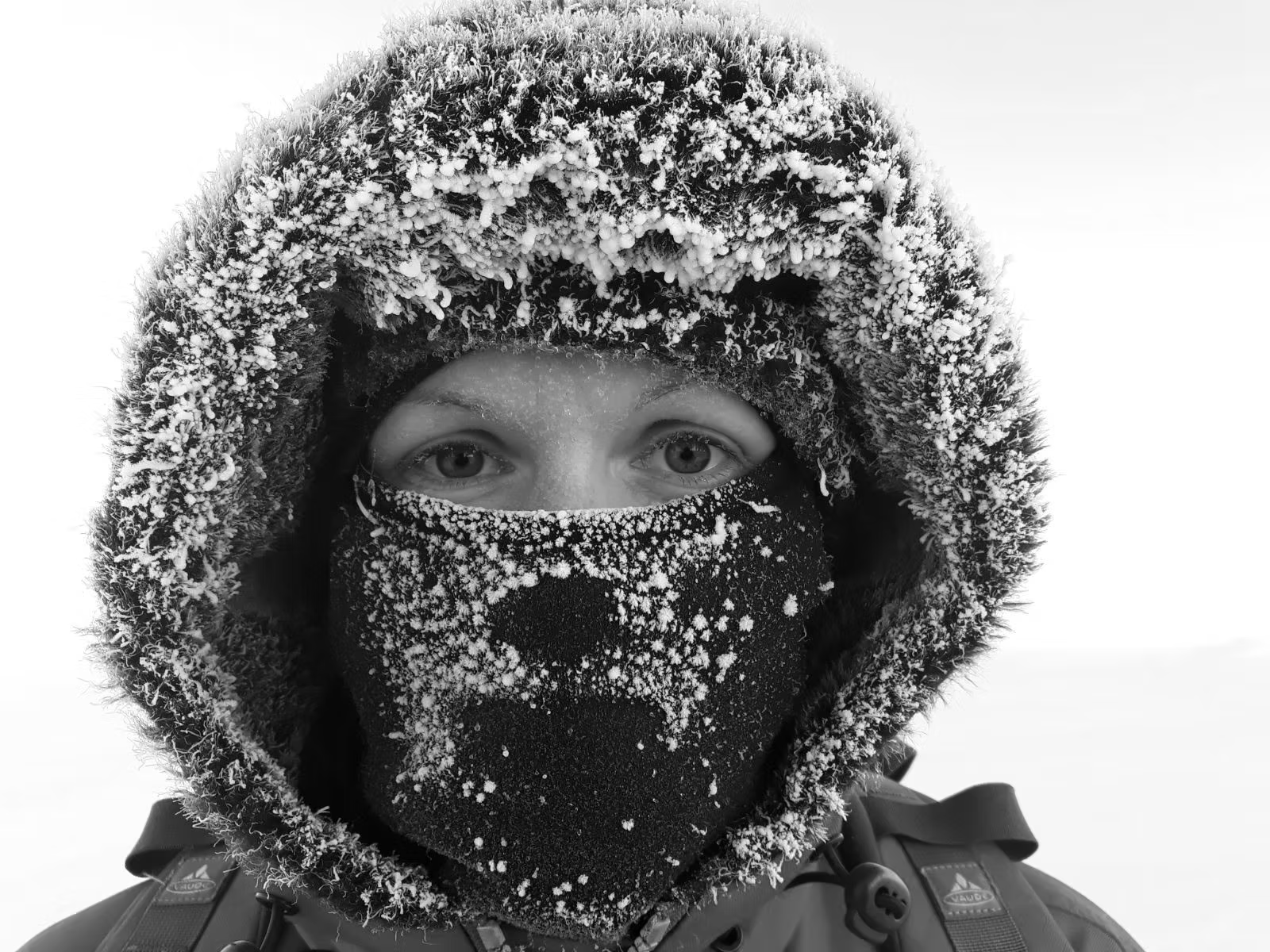
Helene Hoffmann is a physicist specializing in environmental physics and ice core research. After completing her doctorate in Heidelberg, she spent 14 months in Antarctica as part of the 38th wintering team at the German research base Neumayer III, where she met Thomas and began preserving snowflakes together with him. She is currently working as a scientist at the University of Tübingen and the Alfred Wegener Institute in Bremerhaven on an ice core from West Antarctica. Her research focuses on reconstructing the climate of the past from studies of glaciers in the Alps and the polar regions. Helene is currently working on an ice core from West Antarctica. She is developing a method with which it is possible to carry out a chemical analysis of the ice composition at a very high depth resolution using laser ablation. This is particularly important for the analysis of very deep and old ice (approx. 100,000 – 150,000 years). The findings of their work can then help to investigate what could happen to the climate system in a warming future. For her, the Cryosity project is also a platform for communicating her research and the problems of climate change. Through her daily work with glacier ice, she is constantly coming up with new ideas on how to present scientific findings artistically. Apart from that, she is always fascinated by the sheer beauty of the ice.

Veronika is a science communicator from Munich, Germany. She has a background in physics as well as in (audio-visual) media design. By heading into science communication she combined the two, allowing her to be involved in a creative and a scientific way. As part of the science birds team she does social media work, edits the podcast “NÖÖRDS – Der Podcast”, creates graphics, photographs, videos, audio and gives workshops on podcasting. Apart from that, she works for Belle II Germany being responsible for the outreach activities of all the German Belle II research groups. Veronika combines creativity with science and always has countless ideas buzzing around in her head.

Jagoda Mytych, PhD, is a social communication scholar dedicated to strengthening the dialogue between science and society on climate change. A lecturer at the Jagiellonian University’s Institute of Information Studies (Poland), she leads a Europe-wide research project on climate-change communication. With dual MAs in Journalism and American Studies – and early-career experience reporting for the Polish Press Agency – she bridges media practice with academic insight.
Her interdisciplinary lens deepened during a 2022 visiting research fellowship at Harvard’s Department of the History of Science, where she examined the rhetoric of climate change denial. Today, Jagoda’s work spans climate and science communication, media studies, memory studies, and the environmental humanities. Beyond academia, she collaborates with the NGO Fundacja Edukacji Klimatycznej, designing workshops that equip journalists to report on the climate crisis with clarity and nuance.
Jagoda’s mission is to empower the public and professionals alike to engage critically and constructively with the stories we tell about a changing planet.
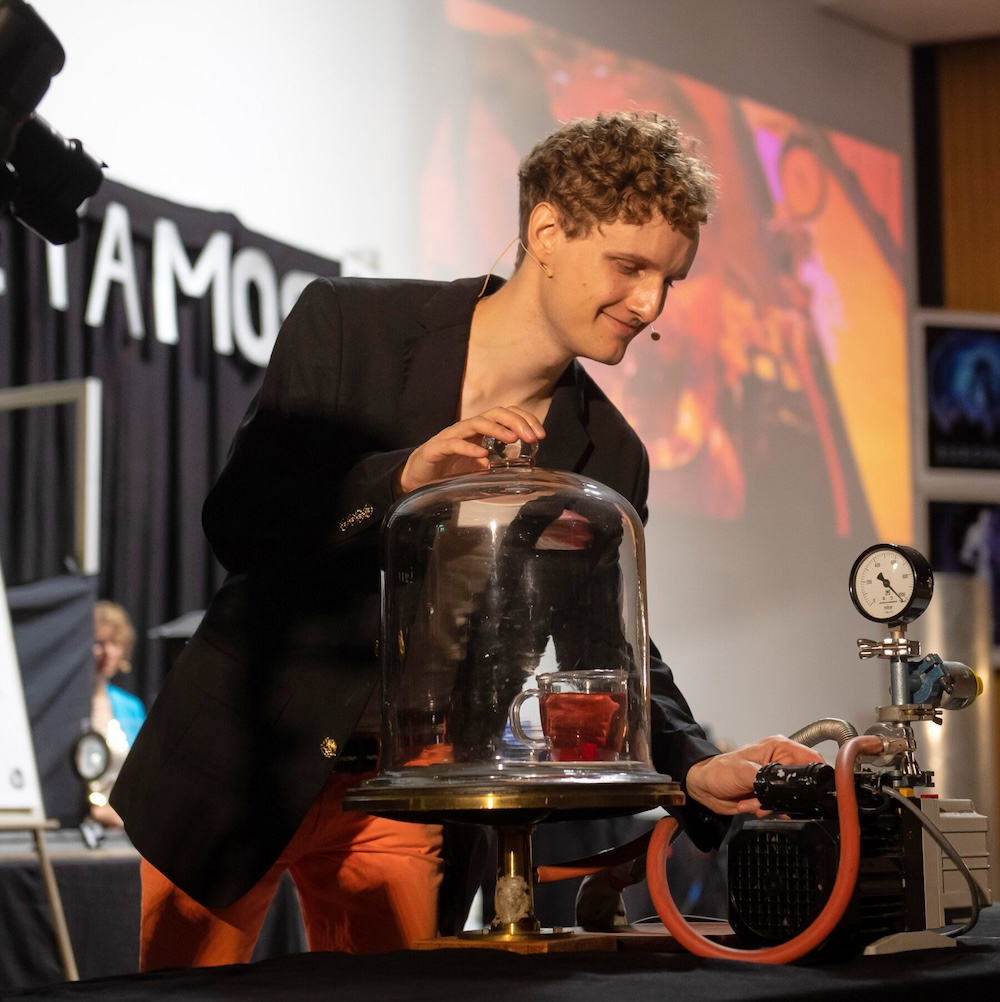
David Ohse is a trained astrophysicist and a passionate science communicator. He likes to try out new formats to communicate science: from physics show musicals and board games to immersive escape rooms. Through his science communication, he wants to bring people together and make them laugh.
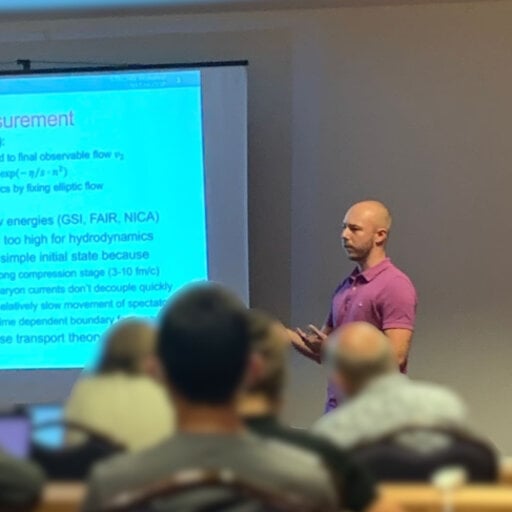
Tom is a postdoctoral researcher in theoretical physics at the Frankfurt Institute for Advanced Studies, where he develops models to understand the behavior of matter under extreme conditions. His work explores the phase structure of quantum chromodynamics through heavy-ion collisions and connects nuclear physics to astrophysical observations of neutron stars. In addition to his research, Tom is committed to making complex science more approachable – as one of the hosts of the NÖÖRDS podcast he talks about science and nerddom. In the upcoming YouTube show “Science of Pokemon” he talks about physics concepts in the world of small, fluffy computer aliens.
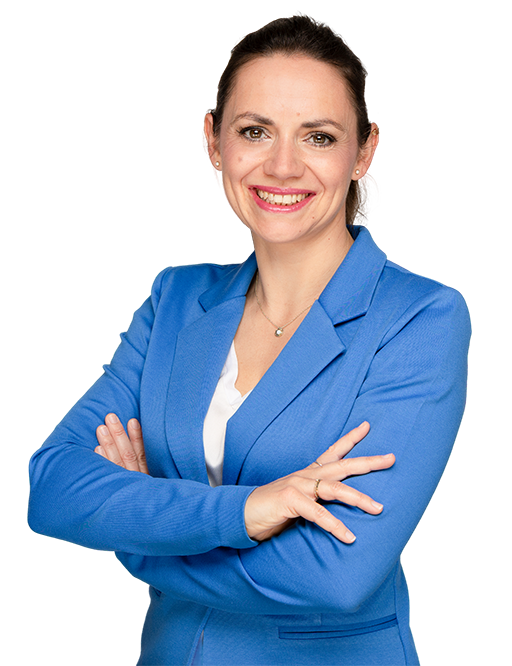
Lydia Repke is a social scientist with a passion for understanding how people connect. Her research focuses on social networks, the art of crafting good survey questions, and the acculturation processes of migrants. She works at the Department of Survey Design & Methodology at GESIS – Leibniz Institute for the Social Sciences, where she has actively contributed to science communication and public engagement. Among other things, she hosted the podcast Die Fakten dicke!, edited the transfer journal easy_social_sciences, served on the editorial board of the GESIS Blog – Growing Knowledge in the Social Sciences, and promoted national and international survey projects to wider audiences. Lydia enjoys making social science accessible, whether through a science slam, an online quiz, or even a tram ride that becomes a mobile science stage.
She currently leads the research project LoneCovid, which investigates how social relationships changed during and after the COVID-19 pandemic—and how these changes relate to mental health, trust in institutions, and compliance with public health measures. The project has attracted attention from national media, leading to interviews and appearances on shows such as Volle Kanne (ZDF) and the documentary series Gut zu wissen (BR). One personal goal remains unfulfilled, though: making it onto children’s television.
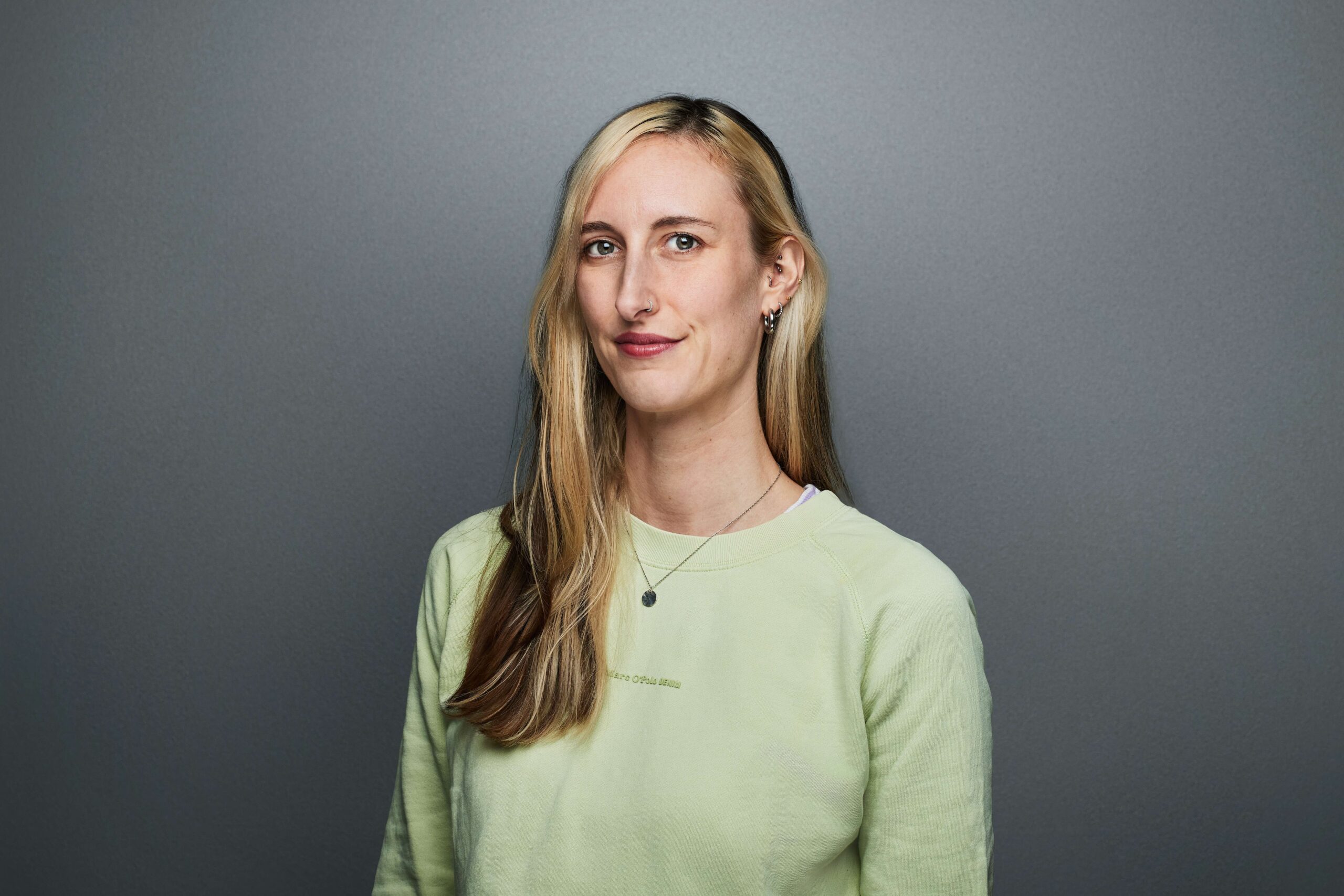
Dr. Lisa Ringena is a science communicator based in Heidelberg. Her work includes the outreach activities of the Collaborative Research Centre ISOQUANT at the University of Heidelberg as well as independent, freelance projects.
At ISOQUANT Lisa coordinates science-art cooperations, organizes active learning events at the university for school children, and works to communicate the research of the entire research center to the public.
In 2019, Lisa co-founded the Science Pub Quiz, an event where people, regardless of their background, can talk and discuss about science-related questions. The quiz was invited to the Wisskon, Lange Nacht der Wissenschaften and to several different institutes and cities.
Since 2024, Lisa is a lecturer at the National Institute for Science Communication (NaWik) and the co-host of the podcast “Was los, Wissenschaft?!”.
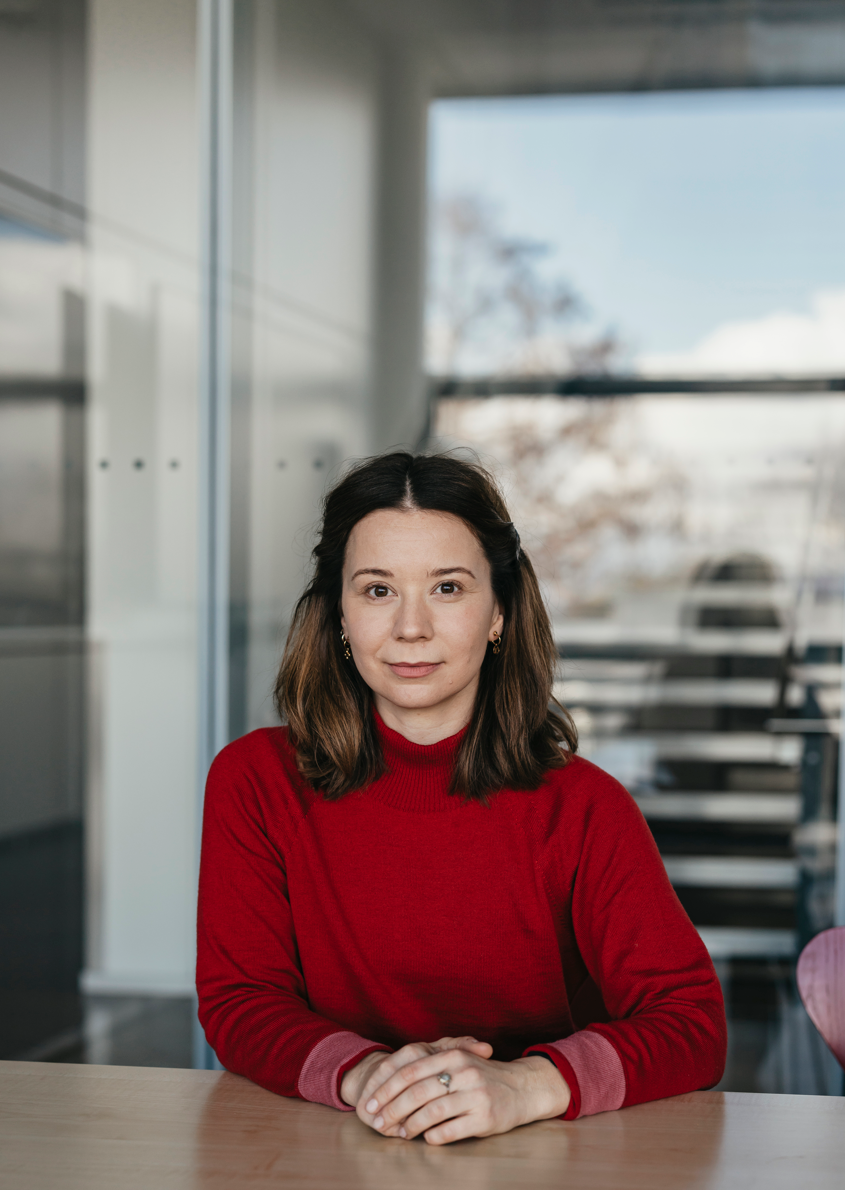
Marie Luise Schreiter (Max Planck Institute for Biological Cybernetics, Tübingen) is a neuroscientist, psychologist and science communicator in Tübingen, Germany, specializing in knowledge transfer and science communication of basic brain research. Her work focuses on bridging the gap between basic neuroscience and other disciplines, as well as making scientific insights accessible to and inspired by the wider public. Educated (MSc / BSc) at the University of Sussex, UK, Marie Luise has researched the interaction between emotional and cognitive brain processes as part of her Phd at the University Hospital in Dresden. She then transitioned to Tübingen where she focused on teaching and evaluating objective and subjective measures of emotional-cognitive interactions, and how subjective expectations might affect the validity of these methods. Clinically, she has worked with children with ADHD, autism, and PTSD applying a combination of neuro-scientific methods and psychotherapy.
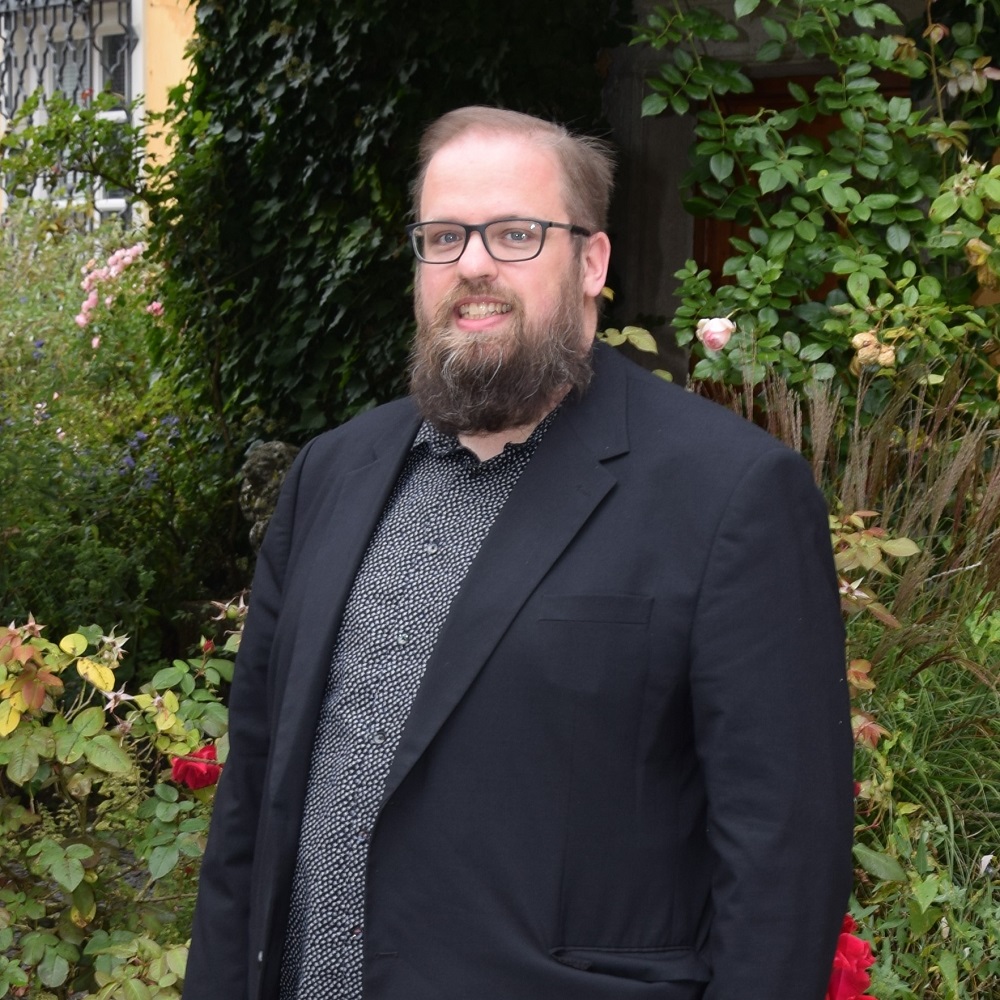
Philipp Schrögel is a science communication researcher and practitioner with a background in physics. He is affiliated with TU Chemnitz, where he focuses on science communication, particularly in dialogue and participation, citizen science, creative forms of science communication, art and science collaborations, science comics, and serious gaming.
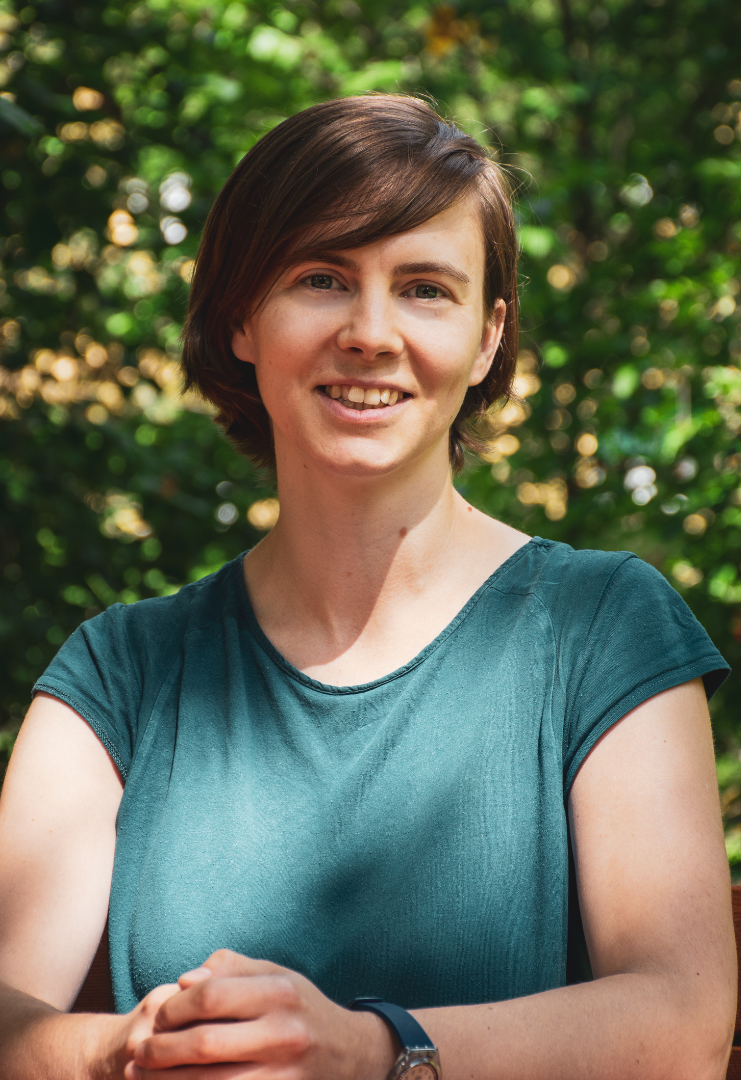
Viktoria Valenta is a biologist and science communicator with a background in conservation biology and biodiversity management. She has worked for many years in science communication in Austria and abroad – from Vienna Zoo to the polar regions. Since 2020 she has been a research associate and project manager at the Austrian Research Centre for Forests. She is a trained forest educator and holds training courses in biodiversity and climate-smart silviculture. A particular focus of her work is the preparation of scientific data for a lay audience, from press releases and social media to excursions and target group-specific presentations.
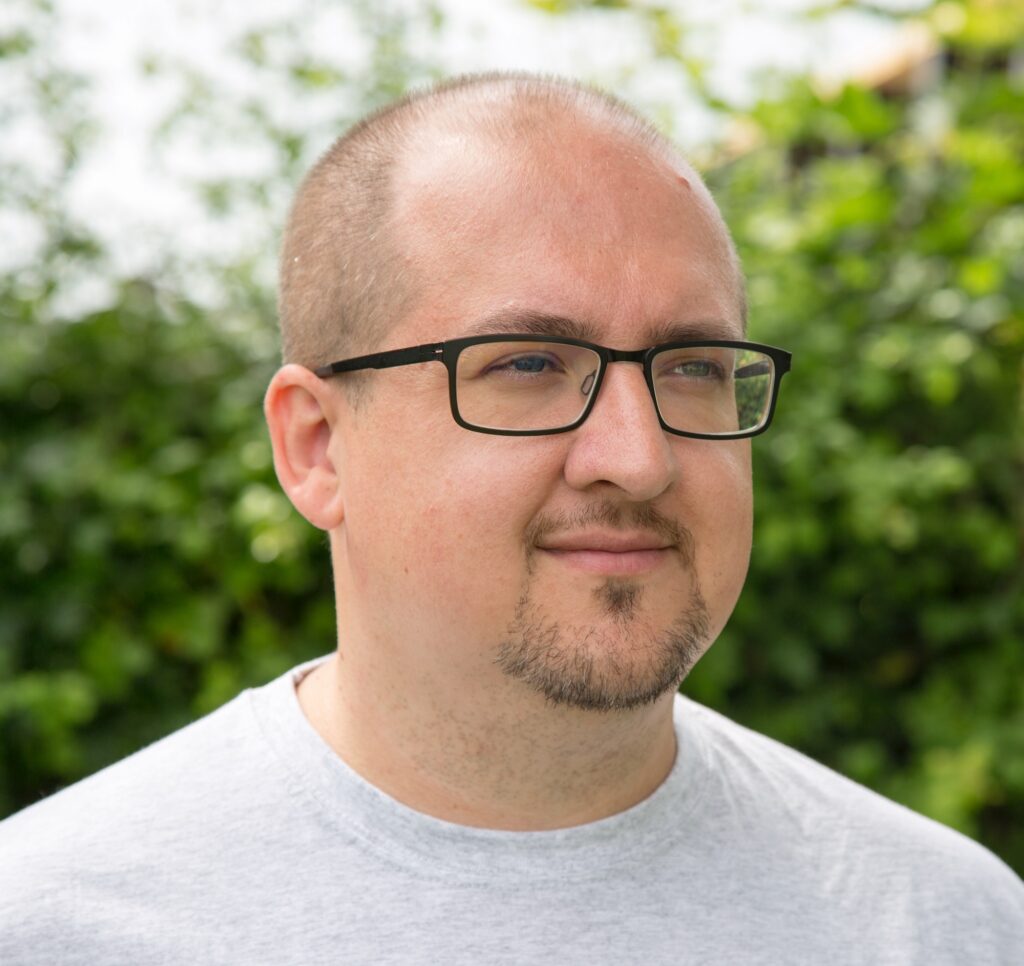
Sascha Vogel is a theoretical physicist and science communicator, with a background in nuclear and particle physics. His career started in science, then he went to science management and ended up in science communication. He founded an agency for science communication, which successfully runs projects and workshops since 2019.
As a trainer and speaker, Sascha specializes in science communication, presentations and career development.
With years of experience in academic research, industry, and public engagement, Sascha understands both the scientific and communication challenges researchers face. His workshops equip participants with practical tools and strategies to enhance their communication skills, whether for conferences, media interactions, or public outreach.

Gauthier was trained as a physicist at École Normale Supérieure Paris-Saclay, and after a Master’s in Biophysics, he pursued a PhD at the interface of plant biology, modeling, and data analysis at the Max Planck Institute for Plant Breeding Research in Germany. After obtaining the PhD at the end of 2024, he took an academic break to learn about science communication and to work on personal projects aimed at improving the dialogue between science and society.
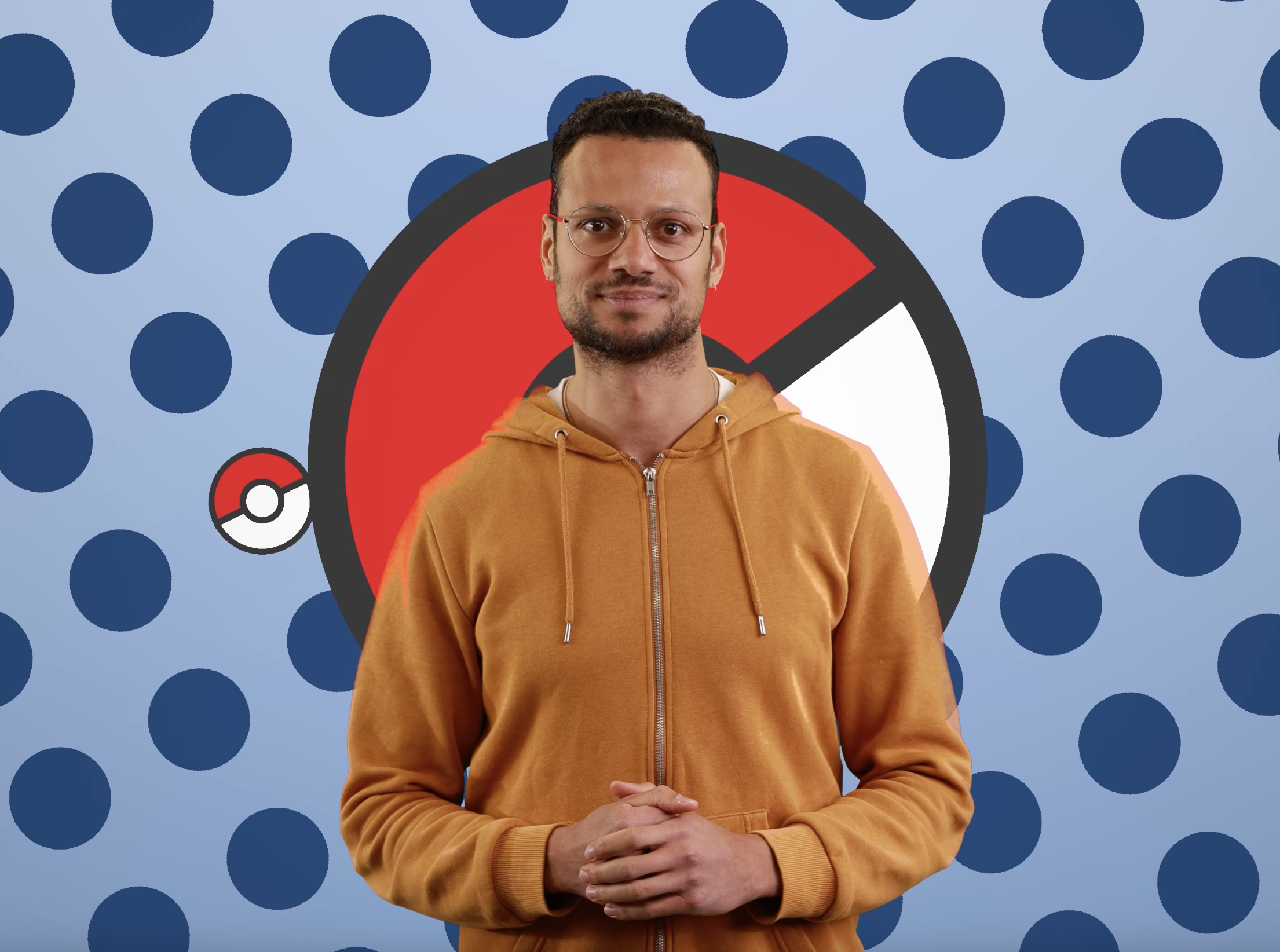
Konstantin is a PhD candidate in biophysics at the Goethe University Frankfurt, where he investigates the molecular architecture of cellular structures using advanced cryo-electron microscopy techniques. He strives to bridge the gap between cutting-edge molecular research and public understanding. Within the NÖÖRDS project he talks about the Science of Pokemon and is always looking out for the newest biological findings within the Alola region.
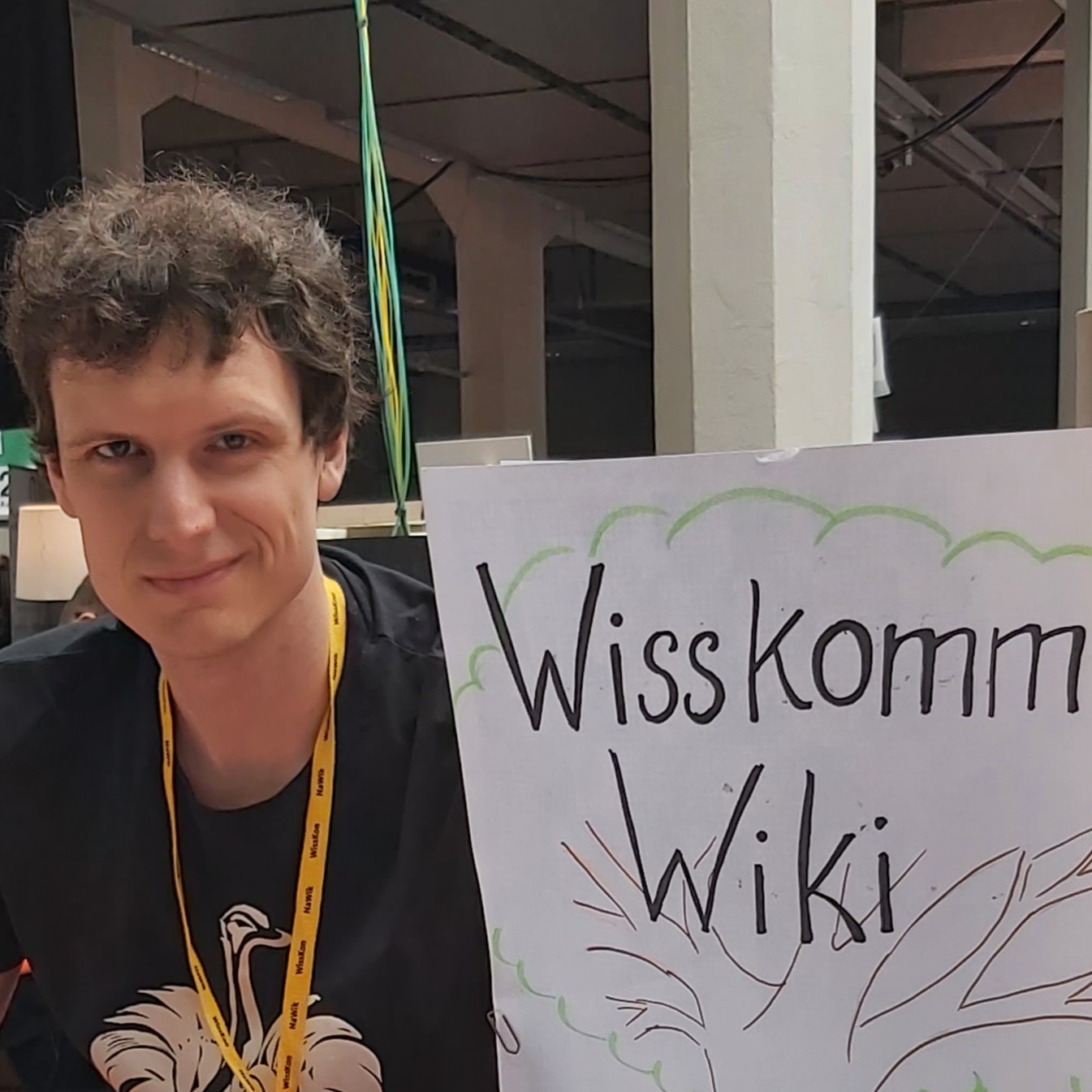
Tim Wittenborg is a PhD student in data science and digital libraries at the Leibniz University Hannover with an engineering and computer science background. His work focusses on advancing knowledge infrastructure in two domains: aerospace engineering and science communication. With a particular interest in the latter, he not only develops tools and systems for information management, but also actively contributes to the field as a science communicator. His goal is to bring together the best of several systems: The crowdsourcing from Wikipedia, the knowledge synthesis from science, the accessibility of science communication, all culminating in the WissKomm Wiki, a digital library for scientific videos and podcasts..
Confirmation will connect to a third party service, subject to its own independent privacy policy!
Venue
There are plenty of hotels in Frankfurt and it is easily reachable by train, plane and car. If you need any assistance, please just let us know.
Partners
The SCI-COM-E meeting would not be possible without its great partners. If you want to support this or further events, please get in touch.
